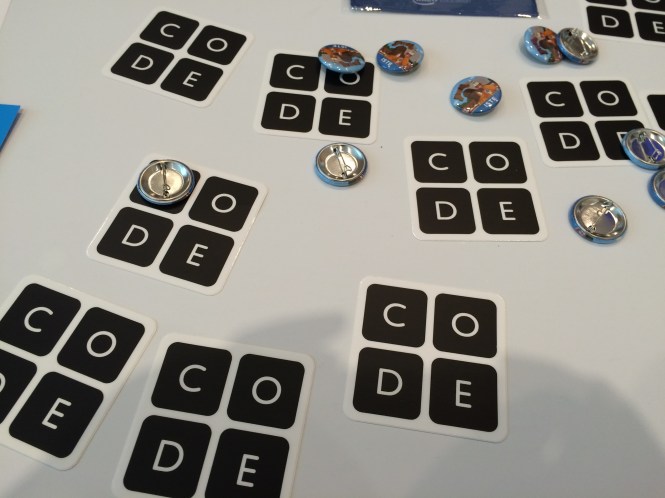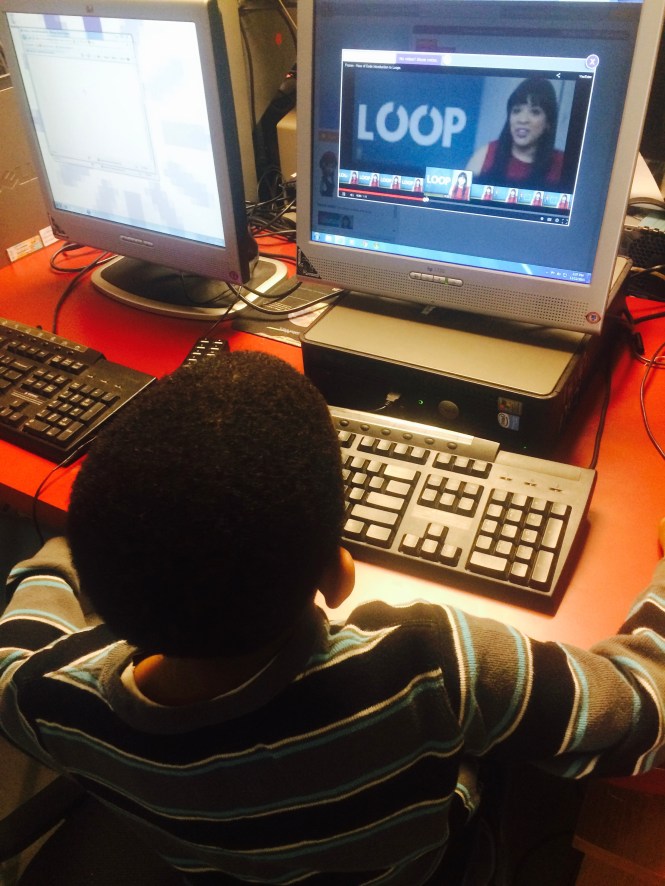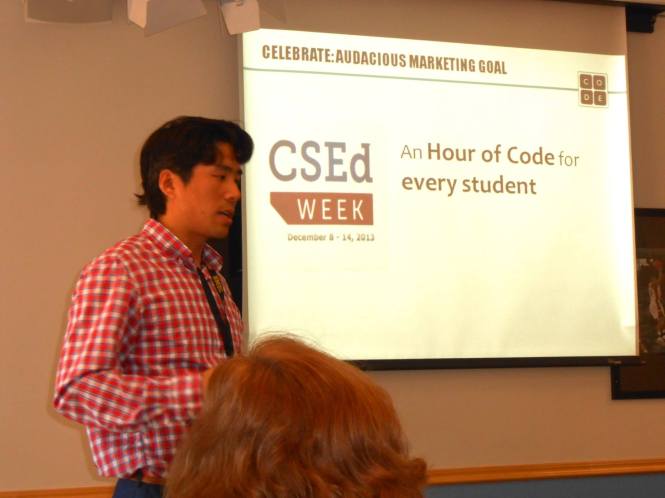CS is a “new basic” skill necessary for economic opportunity and social mobility. By some estimates, just one quarter of all the K-12 schools in the United States offer CS with programming and coding, and only 28 states allow CS courses to count towards high-school graduation, even as other advanced economies are making CS available for all of their students. The White House aims to change that. There is a new initiative.
Why?
The Opportunity
Providing access to CS is a critical step for ensuring that our nation remains competitive in the global economy and strengthens its cybersecurity. Last year, there were over 600,000 tech jobs open across the United States, and by 2018, 51 percent of all STEM jobs are projected to be in CS-related fields. The Federal government alone needs an additional 10,000 IT and cybersecurity professionals, and the private sector needs many more. CS is not only important for the tech sector, but also for a growing number of industries, including transportation, healthcare, education, and financial services, that are using software to transform their products and services. In fact, more than two-thirds of all tech jobs are outside the tech sector.
How Do We Prepare Students? Teachers ? The Community?
One of the problems is the lack of access, interest and the knowledge of computational thinking and learning and math. There also has been a limited supply of well trained teachers for all. Most of us are aware that there are teachers in rural, urban, tribal, minority based poor communities who don’t have a computer teacher anywhere near a school. There may be teachers who are available in after school program. The Coding week also gives some impetus to making a change but sadly , it may be only for that week. It is an excellent start. It is a way to get things rolling.
Computational thinking and cyber learning and math… we must start at the lower levels to be able to graduate those with the skills that they will need to meet a high school computer teacher.
Coding?Coding in the Classroom: What is Coding and Why is it so Important?

Computational Thinking?
“Computational Thinking is the thought processes involved in formulating problems and their solutions so that the solutions are represented in a form that can be effectively carried out by an information-processing agent.”
Cuny, Snyder, Wing
Say it again? What was that?
Computational thinking is a way of solving problems, designing systems, and understanding human behavior that draws on concepts fundamental to computer science. To flourish in today’s world, computational thinking has to be a fundamental part of the way people think and understand the world.
Computational thinking means creating and making use of different levels of abstraction, to understand and solve problems more effectively.
Computational thinking means thinking algorithmically and with the ability to apply mathematical concepts such as induction to develop more efficient, fair, and secure solutions.
Computational thinking means understanding the consequences of scale, not only for reasons of efficiency but also for economic and social reasons.

There have been people working in this field for a very long time with limited success. One must thank people like Henry Neeman, R.N. Panoff , Concord.org and those who sought to broaden engagement to all with limited resources. Scott Lathrop has certainly impacted broadening engagement.
Fortunately, there is a growing movement being led by parents, teachers, states, districts, and the private sector to expand CS education. The President’s Computer Science for All Initiative builds on these efforts by:
Providing $4 billion in funding for states, and $100 million directly for districts in his forthcoming Budget to increase access to K-12 CS by training teachers, expanding access to high-quality instructional materials, and building effective regional partnerships. The funding will allow more states and districts to offer hands-on CS courses across all of their public high schools, get students involved early by creating high-quality CS learning opportunities in elementary and middle schools, expand overall access to rigorous science, technology, engineering and math (STEM) coursework, and ensure all students have the chance to participate, including girls and underrepresented minorities.
Starting the effort this year, with more than $135 million in investments by the National Science Foundation (NSF) and the Corporation for National and Community Service (CNCS) to support and train CS teachers, who are the most critical ingredient to offering CS education in schools. The agencies will make these investments over five years using existing funds.

Early exposure and interest
Calling on even more Governors, Mayors, education leaders, CEOs, philanthropists, creative media and technology professionals, and others to get involved. Today, Delaware, Hawaii and more than 30 school districts are committing to expand CS opportunities; Cartoon Network, Google and Salesforce.org are announcing more than $60 million in new philanthropic investments, and Microsoft is announcing a fifty-state campaign to expand CS; and Code.org is announcing plans to offer CS training to an additional 25,000 teachers this year.
We still need parents and the communities to grasp the important of this project and to sign on. The initiatives mean nothing if schools don’t step up to the challenge. Has your school accepted Connect.Ed?









